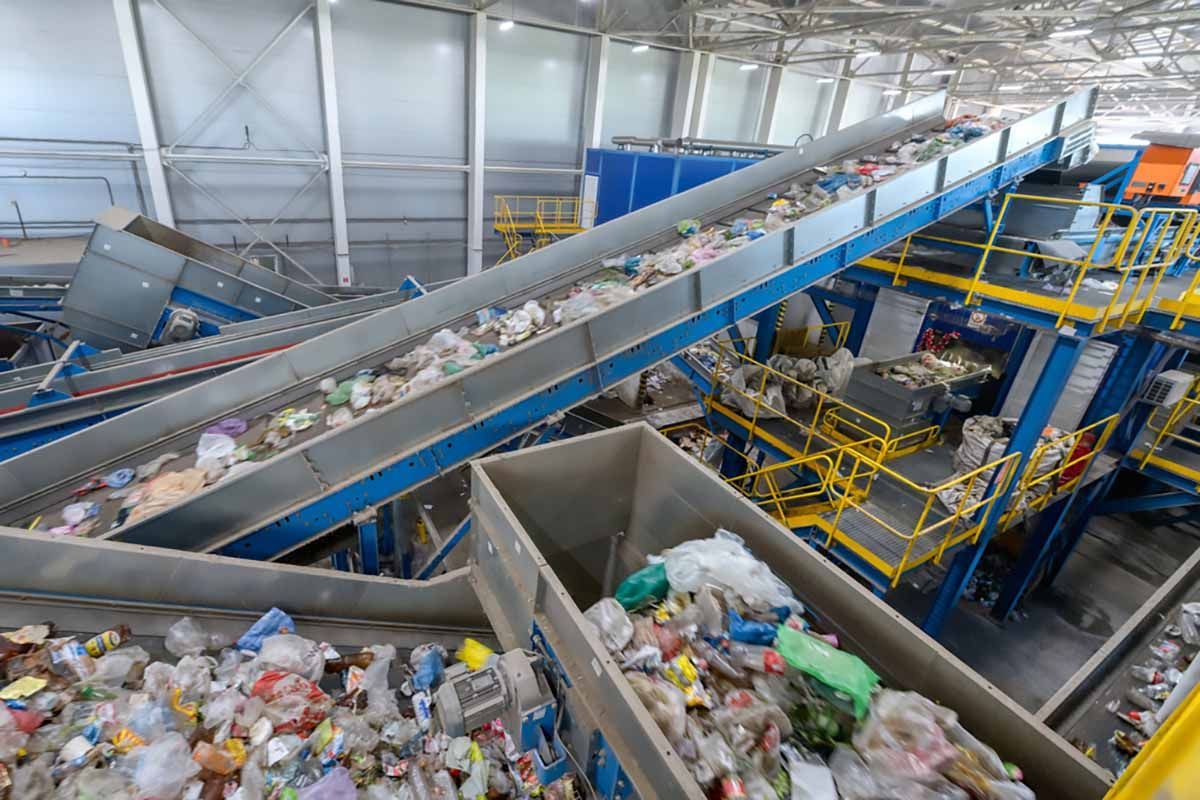NERC Releases Final Update on Increased Capacity to Use Recycled Paper
The Northeast Recycling Council's (NERC) has published the final update to its Recycled Paper Capacity Increases in North America report. This update reflects continuing progress to use more recycled paper in North America. Twenty-three of the 25 projects in the report are now completed. One will open this spring and another in 2026. Download the most recent report.
This update includes projects at 25 mills, of which 23 have been completed. The 23 completed projects include five new mills. When NERC first published this list in November 2018, it included new capacity at 17 mills, of which three projects were completed.
The list of additional recycled paper capacity includes new paper mills, expansion of existing capacity at packaging mills, and conversions of printed paper machines at existing mills to produce packaging paper (e.g. from newsprint to packaging). The list also includes several mills that are producing recycled fiber pulp for export and one mill designed to use food contaminated paper from commercial sources.
The majority of new capacity increases in this list are for mills producing linerboard and corrugated medium. They will use old corrugated containers (OCC), often called “cardboard boxes”, as their feedstock. They are unlikely to use mixed paper, whether derived from residential or commercial recycling programs, unless their stock preparation system allows for its use. However, up to half of these mills plan to use mixed paper, although it is likely to be a minor input. Several mills plan to consume significant amounts of residential mixed paper (RMP) which is collected at curbsides throughout the country. Because the price for mixed paper tracks that of OCC, increased capacity and market value for OCC normally increases the price paid for RMP.
These 25 projects have the potential to use more than 8 million tons of OCC and RMP. However, less efficient, more costly capacity is often closed when new capacity comes on-line. This is already happening. While we do not know yet what the total new capacity will be, we know this expansion in using recycled paper is unprecedented.
NERC has been reporting on national investment in paper recycling infrastructure since November 2018. The report has been updated five times.
For further information, contact Megan Fontes, NERC Executive Director, or Chaz Miller, Chair of the NERC-NEWMOA Regional Recycling Markets Committee, megan@nerc.org or chazmiller9@gmail.com.
Share Post





